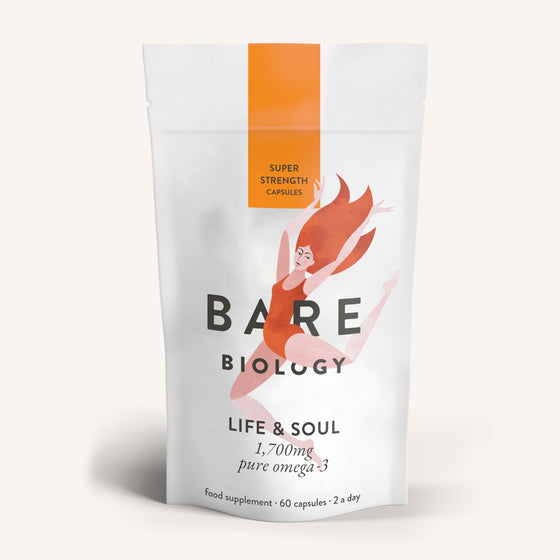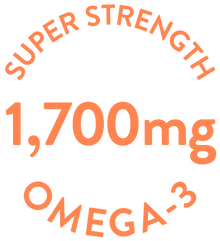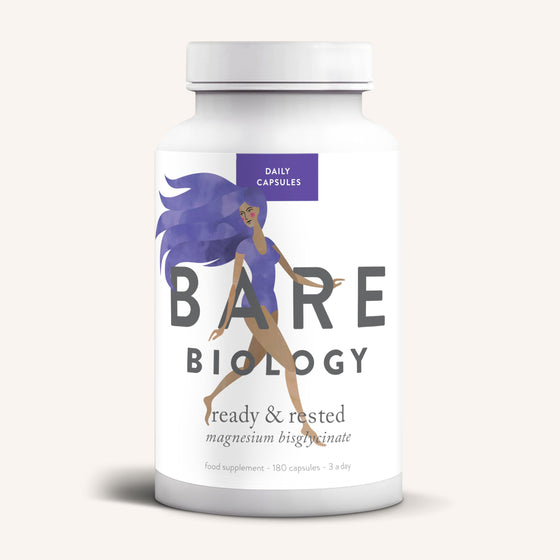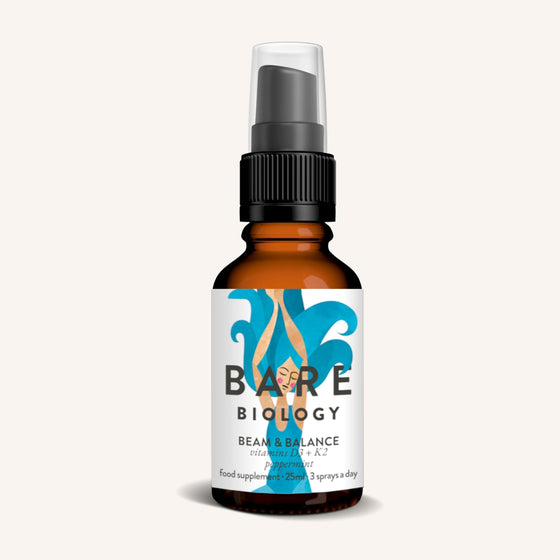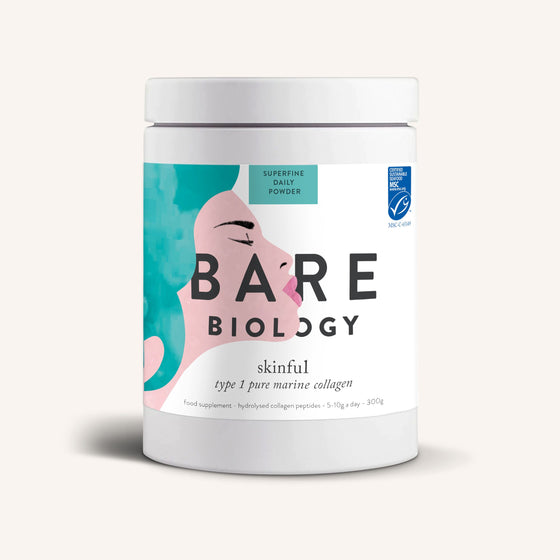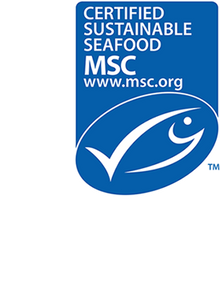Tim Blakey, founder of PR1MEBODY programme, has over 15 years experience as a Physiotherapist. Treating athletes and office warriors alike. In this article, Tim explains the causes of joint pain and shares his top tips to help to combat it. Over to Tim...
When suffering joint pain, it's logical to think that immobilising a joint and preventing weight bearing is the solution, but this couldn’t be further from the truth. Joints, cartilage and connective tissue (ligaments, tendons and fascia) all require good blood flow and circulation in order to regenerate and repair.
Exercise
Exercise or movement (as pain permits) to aid blood flow should be the first step to address joint pain. The exercise should be programmed with a priority on corrective work to address any muscle imbalances surrounding a joint. It's muscle imbalances and areas of tightness or weakness around a joint that can place abnormal forces on a joint, which result in wear and tear and ultimately pain over time. Stimulating fascia using tools such as foam rollers or trigger point balls can help reduce tightness and adhesions that may be impacting a joint.

If bones and joints are the spaces between heavy bricks and mortar that create arches or bridges through compressive-forces, then fascia are like the wires of a suspension bridge holding its shape through tension forces. Both these compressive and tensile forces need to be balanced in order to keep mobile joints healthy. Along with corrective work, invest in a good personal trainer. One who can build you a progressive training plan to increase the load on your muscles over time. This increase in load helps to build stronger muscles and fascia to support the joints. This load also stimulates your body to improve bone density and healthy cartilage. Strength training (weights) has been found to be far more effective than cardio-vascular (running) for bone density and joint health.
Too much exercise
The secret, as always, is in the dose. Too much exercise can exacerbate joint pain. Exercise, particularly endurance exercise, is still a stress on the body. It is a good stress when adequate recovery time follows it. However, when adequate recovery is not accounted for, the inflammatory stress can add up and eventually cause damage to joints. This is more common in athletes but it also happens frequently around marathon season when those relatively new to running don't allow enough training and recovery-time to build up their mileage. Plan ahead and seek advice from a running coach as to what a good incremental mileage strategy may be if you are considering significantly increasing your running.

Nutrition and supplementation
Glucosamine and chondroitin are the two main supplements you may have heard of that are commonly taken for joint pain. They are both structural components of cartilage so the theory is by taking them as a supplement, we are providing our body with the building blocks required to rebuild and repair our joints. Unfortunately, studies have not conclusively shown any benefit of taking them for joint pain. It may have something to do with how well these compounds are absorbed through the gut wall, we just don’t know.
A more common sense approach is to provide our bodies with the minerals and proteins that we ourselves synthesise to make and repair cartilage. This can be done in whole food form. Enter bone broths and slow-cooked meals. Slow cooking bones and meat stews help to release the minerals in the bones and cartilage over time. In fact, if you hang around for the hours while your slow cooker does its thing, you can literally see the cartilage on the end of the bones disintegrate into the meat and stew hour by hour.

Drink and eat it all to provide your body with all the building blocks necessary to repair joints. You can fast-forward this process by buying a good quality ready-prepared bone broth from a good local butcher or health-food shop. Combine these with additional bones and cuts of beef, chicken or turkey to batch cook multiple delicious joint building meals in one slow cooker. Only use naturally raised and naturally fed meat as this will provide far higher quality ingredients. Remember, the better life an animal has had, the better it is for your health. I provide a number of delicious slow-cooker and bone broth meals on my 12 week PR1MEBODY training and nutrition plan. It's important to point out that some chronic diseases that cause joint pain such as rheumatoid arthritis (RA) are different ball games altogether and may require medications recommended by a doctor. However, even cases of RA have been shown to respond well to changes in diets that prioritise low inflammatory foods. Eliminating inflammatory foods in the diet has now been well established in combating almost all chronic diseases, improving heart, brain and gut health. Once inflammatory foods reach the gut, they can affect us anywhere, including in our joints.
Sugar seems to be one of the worst culprits at causing joint pain. This means ditching the sweets and any products with added sugar. Start reading the labels of foods in the supermarkets - sugar is added more than your think: condiments, sauces, tinned foods etc. This means go easy on fruit intake too. Always prioritise vegetables over fruit, and try to stick to berries as they tend to contain less sugar and more fibre.
Personal intolerances to other foods such as dairy, eggs, nightshades, nuts or shellfish must be first taken into account and eliminated as these will also cause inflammation specific to the individual.
Other foods that need to be avoided are any processed foods. The more processed they are the worse they tend to be. Avoid baked good, pastries and anything made with flour. Avoid other processed wheat/grain foods like pasta and bread also.

Add turmeric to your meals. It's a potent antioxidant and anti-inflammatory that's been used for injuries by many cultures for centuries. Sprinkle it on (free range) eggs in the morning, use it in curries and use it in marinades and rubs.
Use ginger root (turmeric is actually a plant of the ginger family) to spice up your vegetable smoothie. It's a key ingredient in my Pr1mebody Hulk-Smoothie which is 100% vegetable based. Using ginger in this way will mask the fact that a smoothie lacks a sweet taste. Far better than adding fruit to a smoothie which will increase the sugar content.
Drink green tea, its polyphenol anti-oxidants inhibit certain inflammatory pathways in our bodies.
Increase your intake of natural anti-inflammatory foods to reduce joint pain and inflammation. Topping this list is Omega 3 fatty acids. The highest concentrations are found in wild caught, small to medium sized fish. Fish that are farmed have much lower Omega 3 and can contain hormones, antibiotics and other inflammatory compounds.
Tim Blakey is physiotherapist, personal trainer and nutritionist based in London.
For more from Tim head over to www.Pr1mebody.com or @timblakey_pr1me on Instagram.
